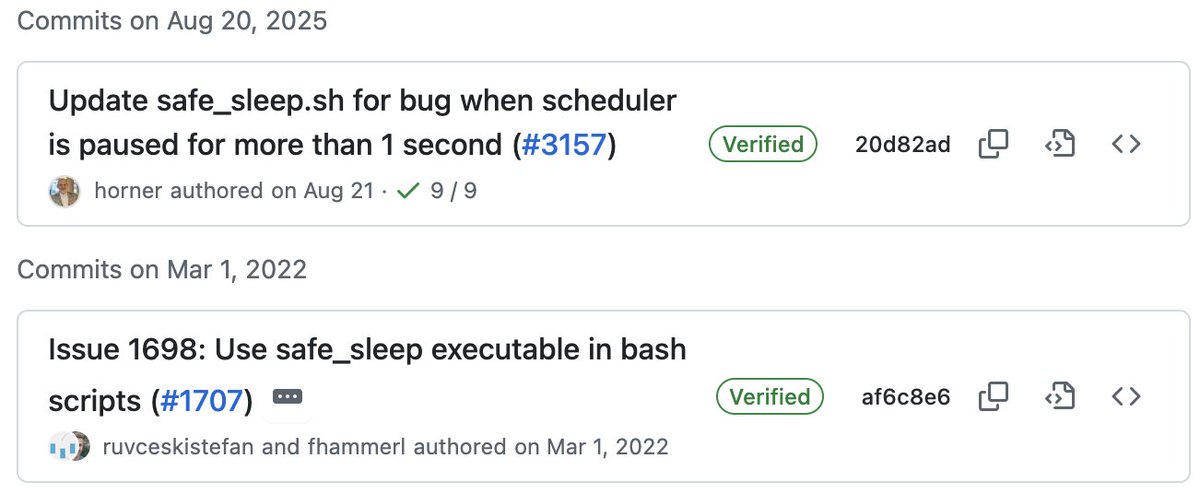Our paper, "An evidence review of face masks against COVID-19", written by a cross-disciplinary team of 19 international experts, was published in the Proceedings of the National Academy of Sciences today.
No time for the paper? Then read this thread!
pnas.org/content/118/4/…
No time for the paper? Then read this thread!
pnas.org/content/118/4/…
The paper, which includes 141 references (yes, I read every one of them!) argues that we should increase focus on a previously overlooked aspect of mask usage: mask wearing by infectious people ("source control"), rather than only mask wearing by susceptible people ("PPE") 

Masks have been used to help control respiratory pandemics for at least 600 years. Wu Lien-Teh (the "Plague Fighter") showed the world the importance of masks nearly 100 years ago, doing detailed studies over many years.
Sadly, his work became largely forgotten in the west
Sadly, his work became largely forgotten in the west

Unfortunately, it's impossible to study the impact of masks as source control using the gold standard: a "randomized controlled trial". That's because you can't really tell whether a mask wearer infects others or not. So we developed a new framework to study this topic 

There are a number of very strong multivariate population-levels studies that are strongly suggestive of the impact of mask wearing. Particularly that of @ChrisLefflerMD et al
ajtmh.org/content/journa…
ajtmh.org/content/journa…

We were lucky enough to have one of the world's top aerosol scientists, Prof Vladimir Zdimal, on our team, who helped explain how masks can block infectious particles, and the impact of aerosols 

Personally, the studies I found most compelling are those that simply physically showed that masks literally block the ejection of respiratory particles 

We were lucky enough to have @zeynep and @HeleneMarivdW on the team, who explained the sociological considerations around mask wearing, including looking at risk compensation behavior 

We wrote the first version of this paper back in April, and it became the most viewed paper of all time on any topic, on preprints.org.
One key section we've added since that time is "Further Research" - that's a lot we still don't (but need to!) know
One key section we've added since that time is "Further Research" - that's a lot we still don't (but need to!) know

Thanks too all my great co-authors, @arimoin, @larrychu, @zeynep, @lexfridman, @austinvhuang, @Hernandez_Danny, @ArneDelft, @HeleneMarivdW, @AmyPricePhD, @reshamas, Z. Li, C. Ramirez, L. Tang, V. Zdimal, C. Bax, G. Watson & V. Tang
• • •
Missing some Tweet in this thread? You can try to
force a refresh








